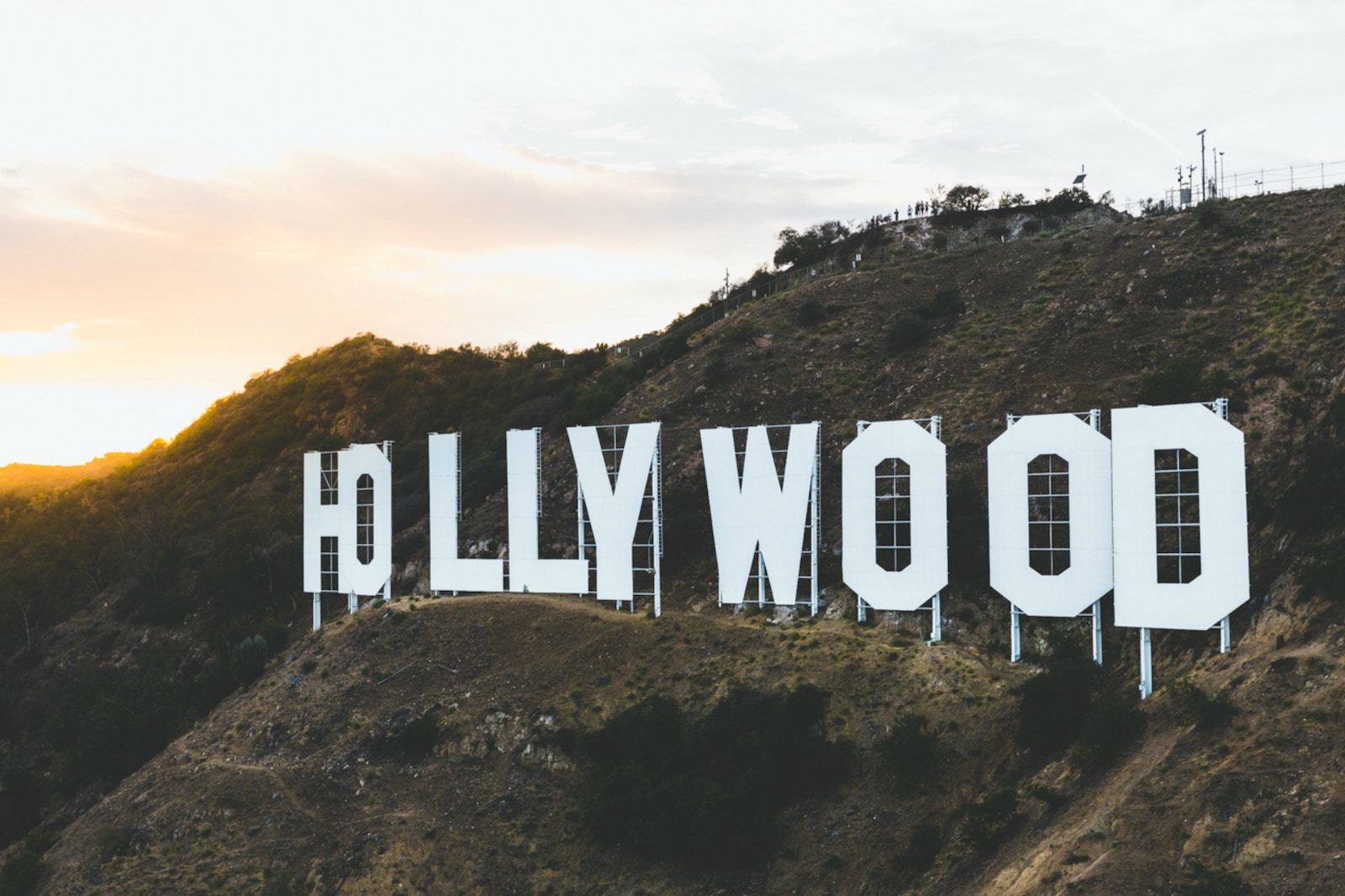The Local newsletter is your free, daily guide to life in Colorado. For locals, by locals.
Colorado has a rich legacy in film. Classics like Indiana Jones (1989), Die Hard 2 (1990), and the original True Grit (1969) were at least partly shot in the Centennial State. More recently, Quentin Tarantino’s latest movie, The Hateful Eight, was filmed near Telluride, and in 2015, the racing scenes from Fast and Furious 7 were shot near Salida and Colorado Springs.
Earlier this month, Gov. John Hickenlooper announced that Redbarre Media plans to build a 1.9 million-square-foot media production campus in Parker—a nearly billion dollar endeavor that could create 4,000 jobs and provide filmmakers with additional resources and opportunities to make movies in Colorado.

But even with a state-of-the-art facility, it may be difficult to bring major filmmakers to the state in the future. Colorado currently provides an incentive to filmmakers in the form of a 20 percent cash rebate on local expenditures, according to Donald Zuckerman, the state’s film commissioner. However, the state legislature voted in March to reduce that program’s funding from $3 million to $750,000 in the 2017–18 budget, a decision that gives Zuckerman’s office significantly less money to lure big filmmakers.
Compounding the budget cut is the fact that neighboring states offer filmmakers more competitive incentives. New Mexico, for instance, maintains a $50 million budget for film production incentives and offers as much as a 30 percent tax rebate to filmmakers. “[Colorado’s incentive] is quite a bit lower than other states,” Zuckerman says. “If we want to be in the content creation business, we need to have an incentive that is competitive.”
Because Colorado’s Office of Film, Television and Media is operating on a smaller incentive budget, it’s “concentrating on local production with the money we have this year rather than trying to get major filmmakers to come here,” Zuckerman says. One of those smaller projects, a documentary directed by Bobby Kennedy III about Hunter S. Thompson, will begin filming near Silverton in September.
But the Redbarre facility, which would open in 2020, may attract Hollywood filmmakers to Colorado as more production could be done in state. For instance, according to Zuckerman, even though The Hateful Eight was primarily filmed near Telluride, some of the interior scenes and much of the post-production were done in Los Angeles because there was no suitable sound stage in Colorado. Zuckerman is also hopeful that the Redbarre facility might motivate the state legislature to increase, or at least restore, the incentive budget.
While it is (and may continue to be) difficult to bring Hollywood to Colorado, Mariel Rodriguez-McGill, deputy film commissioner, says she sees a bright future with the thousands of college students in Colorado pursuing careers in film and television. She coordinates an outreach program that introduces students to filmmakers within the state. But as Zuckerman cautions, if Colorado can’t land more big movies, “We’re going to be incentivizing other states’ film industries by providing skilled labor for them.”








